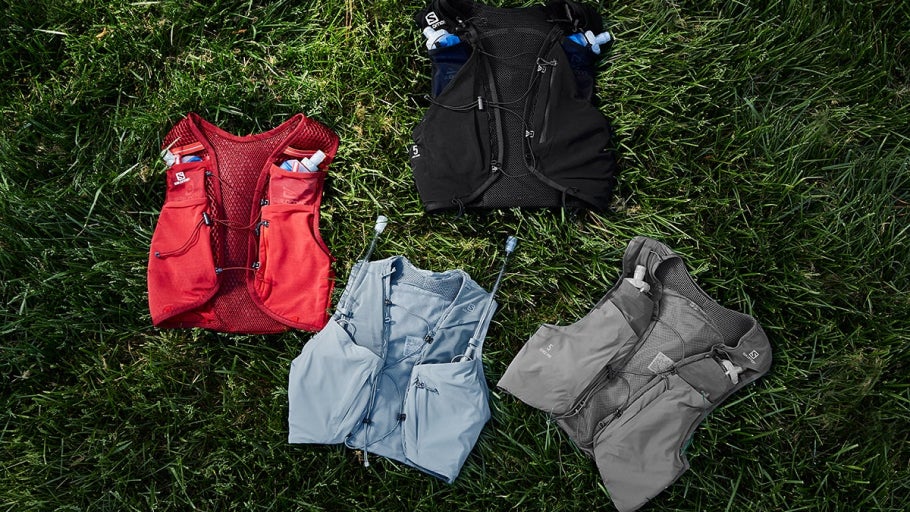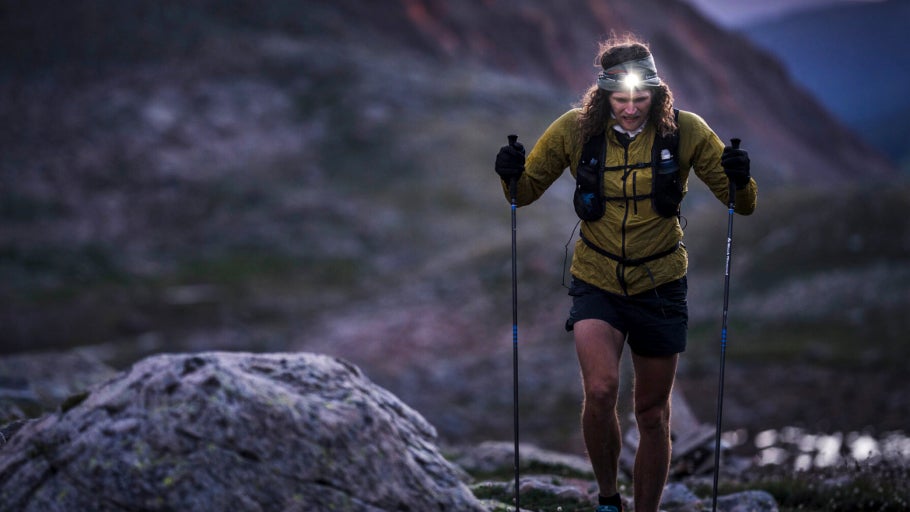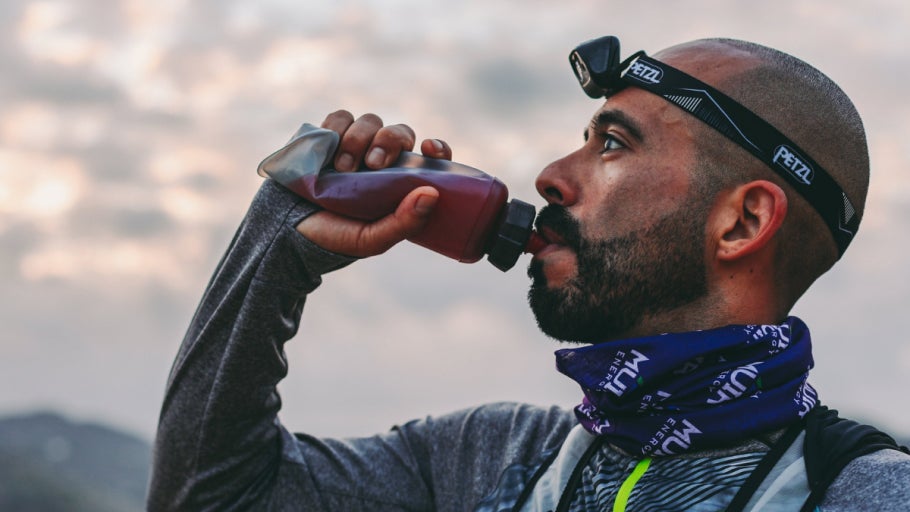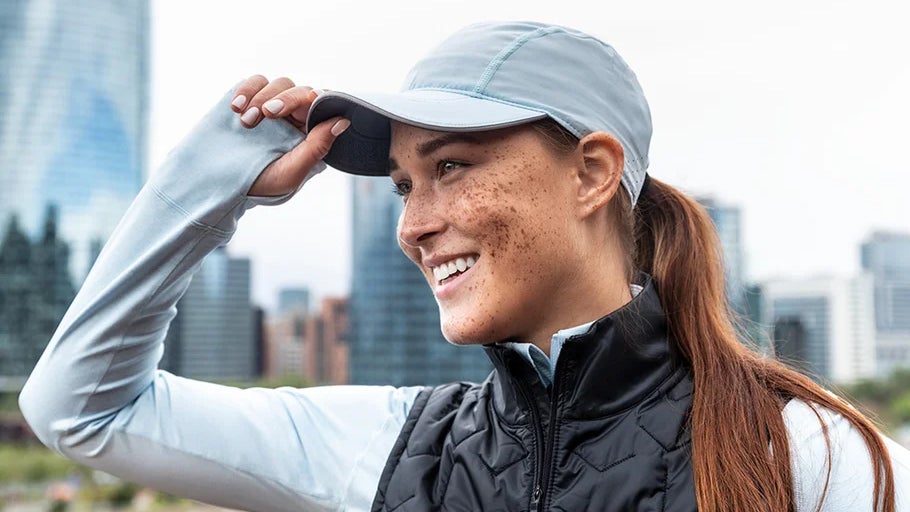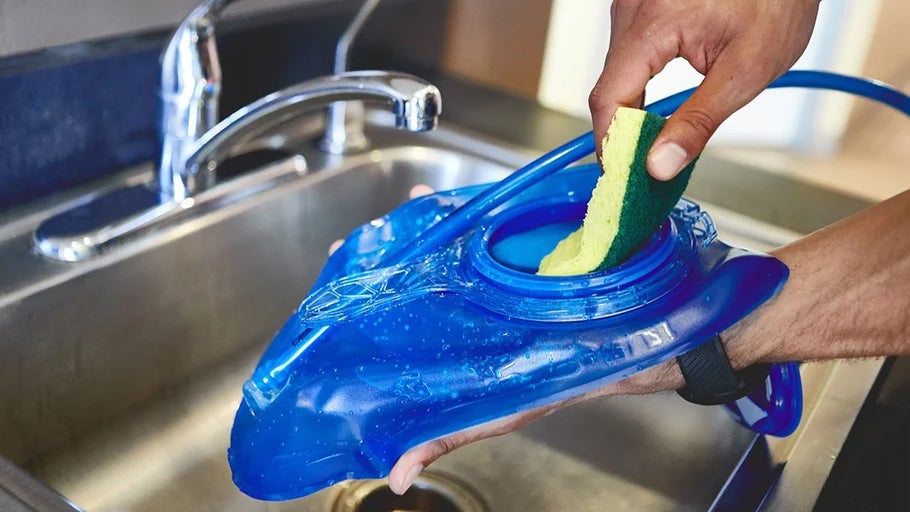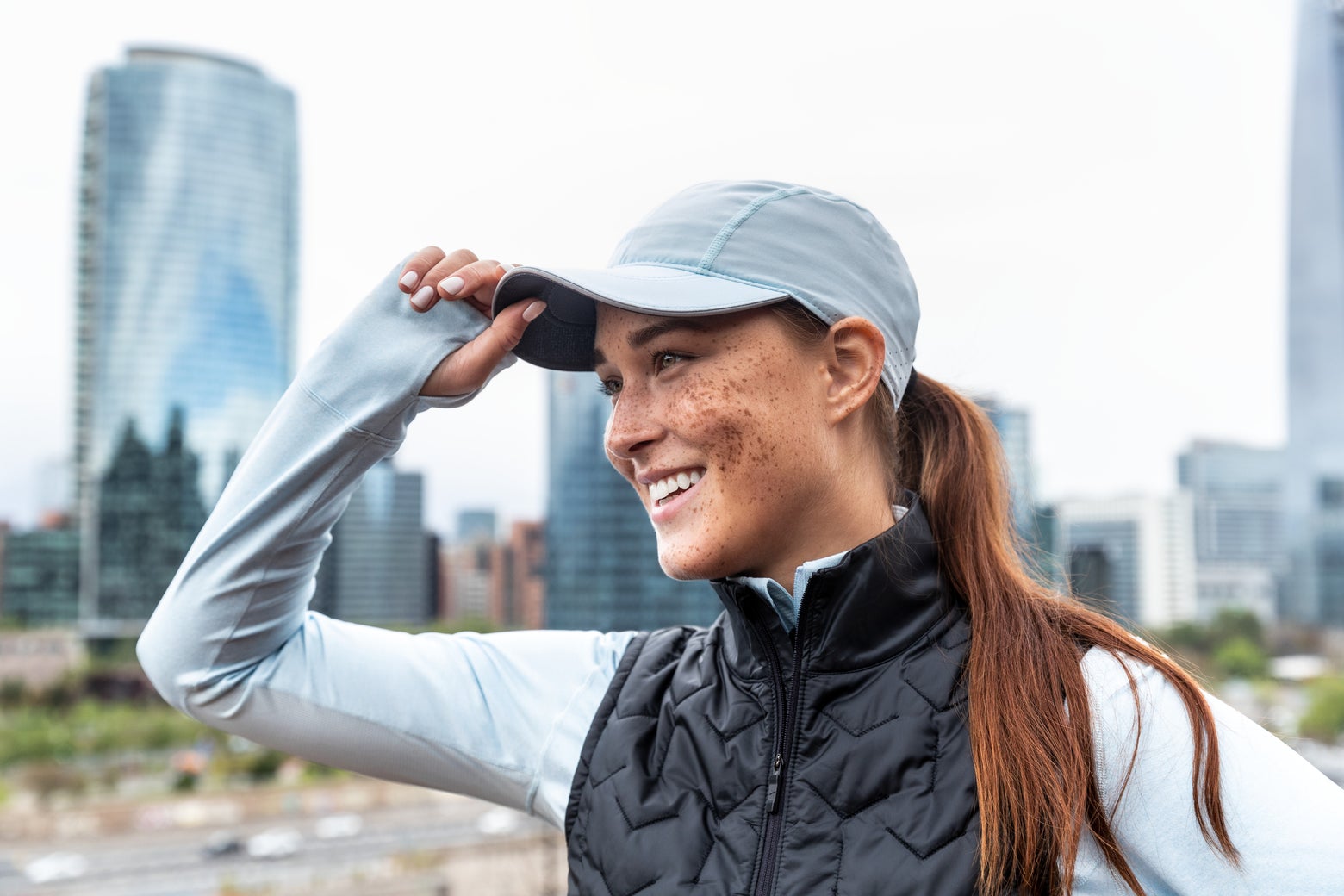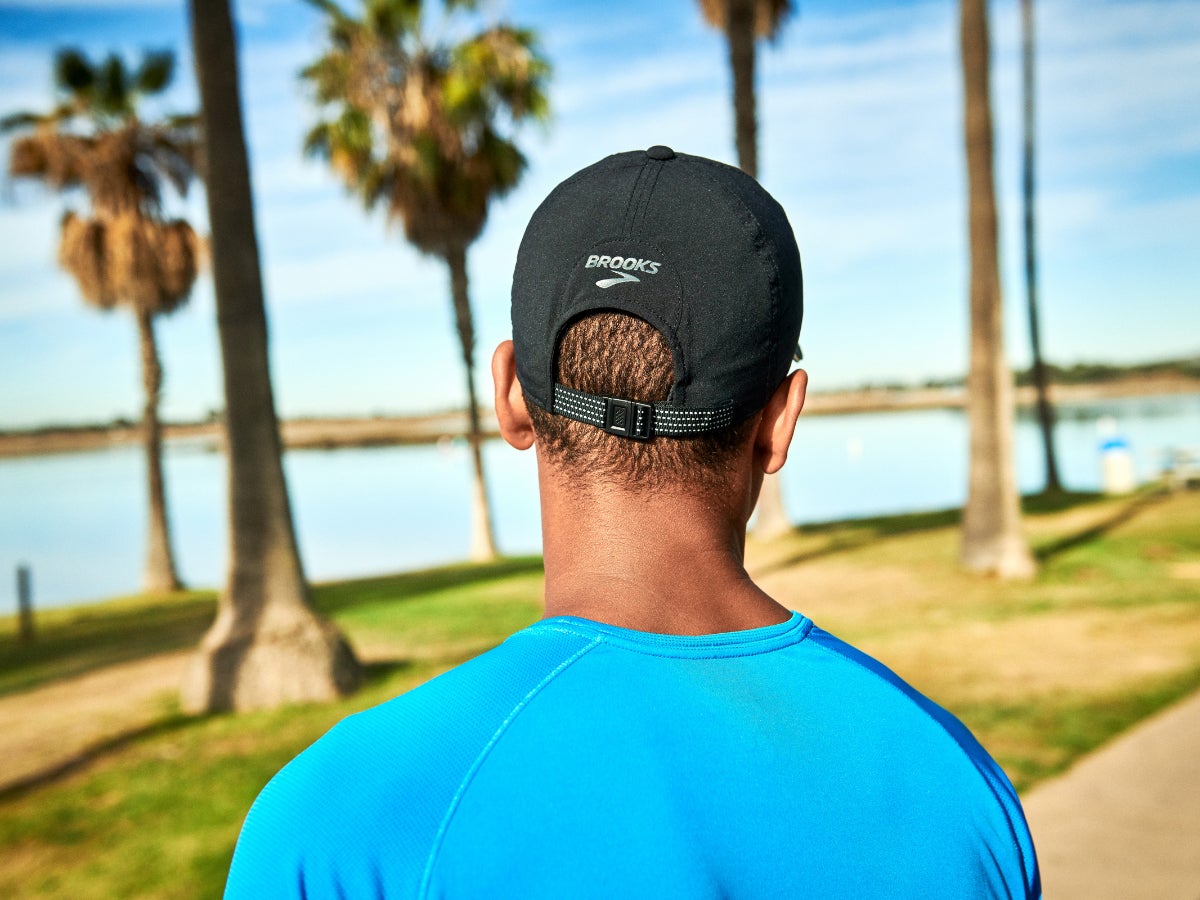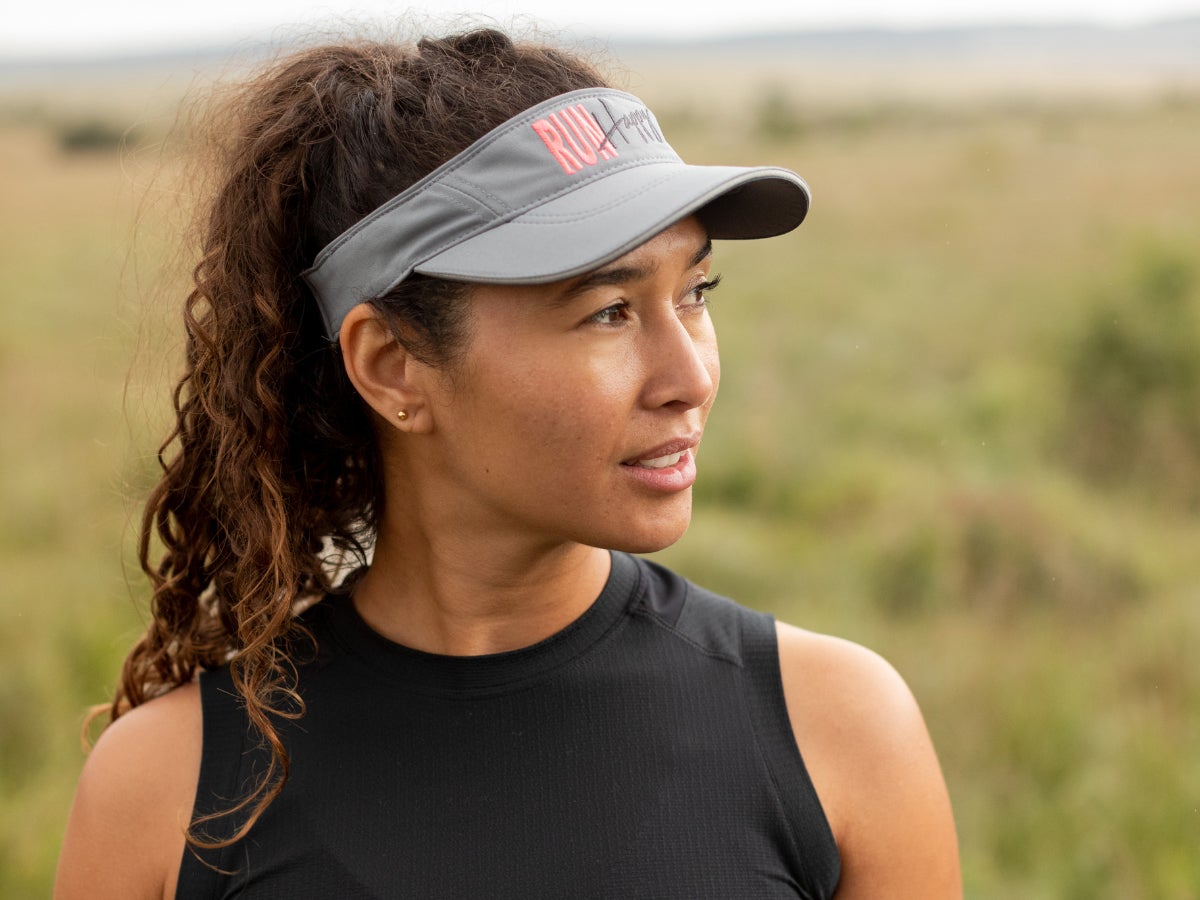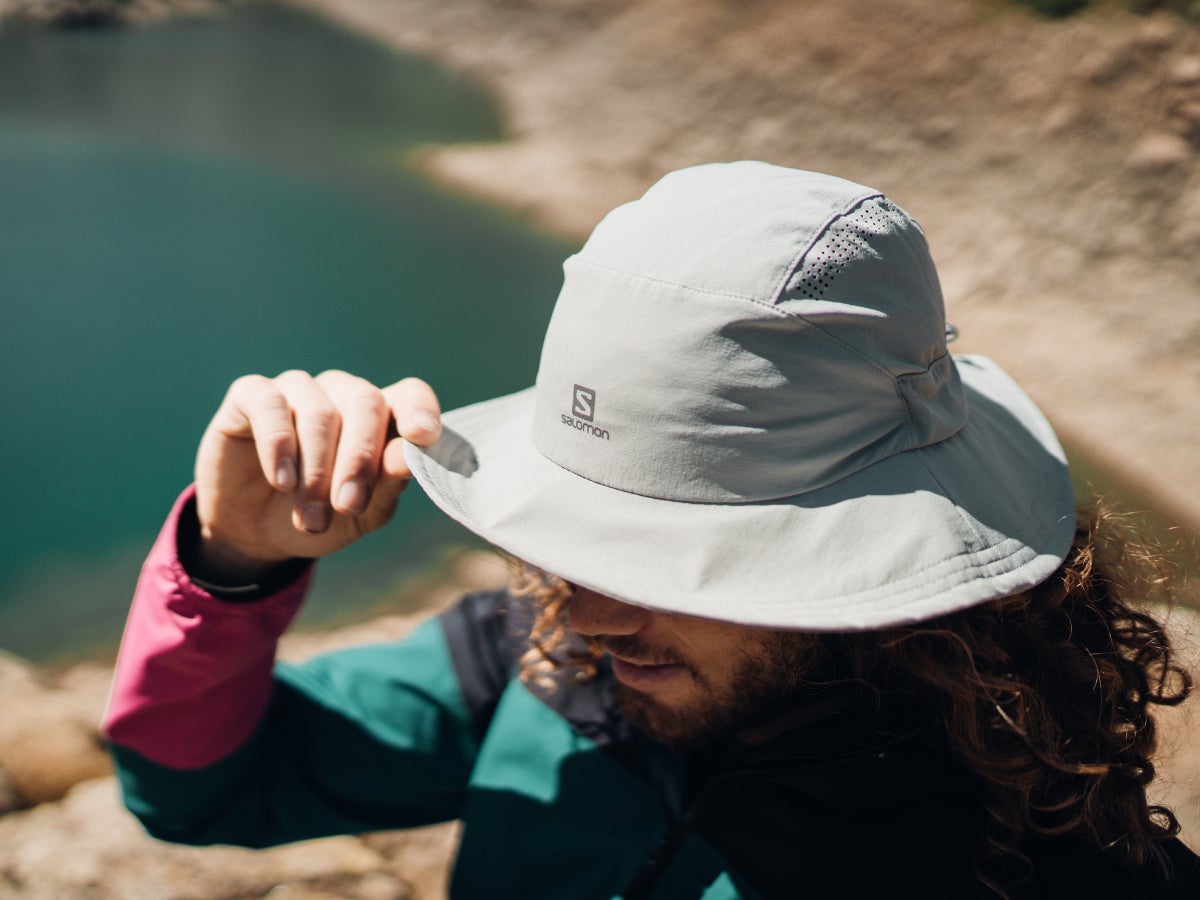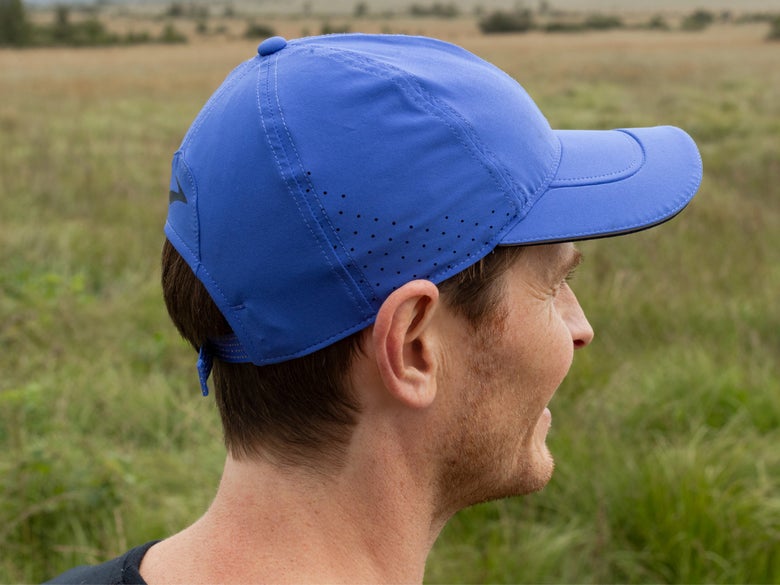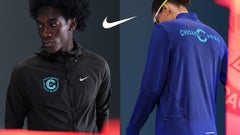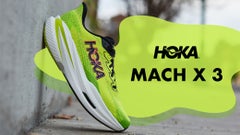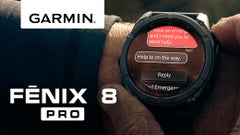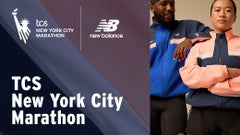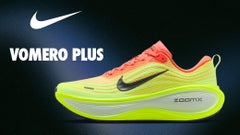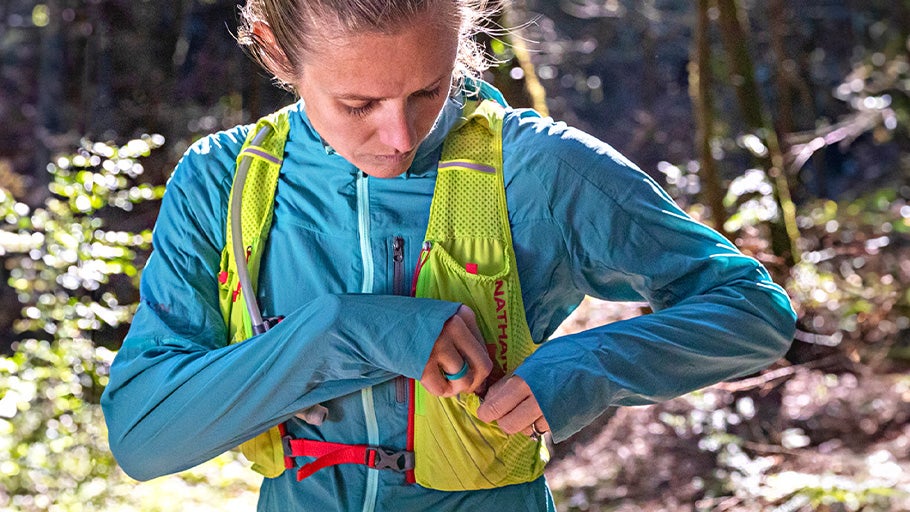
How to Choose a Running Hat
A running hat is a versatile accessory to keep in your arsenal, and it can serve a range of functions. From providing cooling comfort and sun protection to offering extra warmth and visibility, a hat is a great companion on your outdoor runs. Here at Running Warehouse, we carry a wide selection of running hats to accommodate sizing, functionality, and personal style. Let's look at the specific characteristics of running hats to help you discover which one is right for you.
#1: Fit
The first step in finding the right running hat is making sure it fits your head shape. Whether you have a smaller or larger head, a buzz cut, or wear a low or high ponytail, an adjustable running hat with the right closure system ensures a secure, personalized fit.
The two most common closure options are velcro straps and plastic snapbacks, which suit most runners regardless of hairstyle. Other closure styles include:
- Buckles
- Back clasps
- Hook-and-loop straps
- Toggle cinch cords
The best running hat closure depends on your personal preference and comfort. All options are designed to stay snug during your run, helping you focus on performance so you don't need to worry about constantly adjusting your hat.
Sizing for Women's Hats:
Women’s running hats are generally sized smaller than men’s to accommodate the average female head circumference.
#2: Breathability
A good running hat should prioritize ventilation and moisture management, especially when temperatures rise. Performance running hats use lightweight fabrics, mesh panels, and laser-cut perforations to help release heat and promote airflow, along with moisture-wicking materials to pull sweat away from your skin and keep you dry. Many hats also include a sweatband-like liner that speeds evaporation and prevents perspiration from dripping into your eyes.
For runners who want maximum airflow, running visors provide the most breathable option with their open-top design. They keep your head cool while the curved bill shields your eyes from the sun and helps direct sweat away from your face. The trade-off is limited scalp protection, making visors less ideal for long runs under strong sun.
Another cooling choice is the trucker-style running hat, which uses a mesh back for superior airflow and quick-drying performance. These hats are especially popular for trail running, where ventilation can help prevent overheating on climbs. By contrast, traditional performance caps often rely on side perforations to balance airflow with fuller sun coverage on the scalp and neck.
#3: Reflectivity
When running in low-light or dim conditions, a hi-vis running cap can provide an extra layer of safety by making you more visible to drivers, cyclists, and other pedestrians. Because a hat sits high on your body, it’s one of the most noticeable places to incorporate reflective elements, ensuring that movement from your head catches the attention of passing motorists.
Many running hats feature reflectivity on the brim, sides, or back, creating visibility from multiple angles. Some brands also integrate reflective logos or piping along the seams for added coverage. For maximum visibility, look for hats that combine reflective accents with bright, neon, or fluorescent fabrics, which stand out even in daylight and low-contrast environments.
If you frequently run at dawn, dusk, or night, pairing a reflective hat with other hi-vis gear—like reflective vests, arm bands, or shoes—can provide 360-degree visibility and reduce the risk of accidents. Runners training in urban areas, where traffic and low lighting are common, will benefit most from a reflective hat as part of their safety kit.
#4: Sun Protection
While most running hats provide some protection from harsh UV rays, bucket hats and drape-style hats offer superior coverage for the head, ears, and neck during hot-weather runs. Bucket hats feature a 360-degree brim and often incorporate mesh panels to keep you cool under intense sun.
For outdoor adventures and ultra-distance races, drape hats are a popular choice, providing extended coverage for the back of the neck and ears. Some drape hats may include a pocket to stash ice cubes for extra cooling in extreme heat, as well as a removable cape to help regulate temperature on long runs.
When selecting a hat for sun protection, look for fabrics with a UPF rating to block harmful UVA and UVB rays. Wide brims or drapes can also reduce glare and prevent overheating during extended outdoor sessions, keeping you comfortable and protected throughout your run.
#5: Insulation
When temperatures dip, beanies and thermal headbands provide added warmth while keeping you dry, thanks to stretch fabrics that ensure an adaptable fit. Beanies offer extra insulation by covering your forehead and ears, delivering maximum head protection. Many running beanies include a back opening or "exit" in the back for a ponytail, so you don't have to sacrifice hairstyle for comfort. Thermal headbands, on the other hand, provide lightweight yet comfortable protection from the wind and cold, keeping longer hair or bangs in place for a distraction-free run.
Several beanies and headbands also incorporate reflective yarns or elements, helping you stay visible during dimly lit winter mornings.
Choosing the Right Running Hat for Every Run
Selecting the right running hat comes down to balancing sun protection, warmth, comfort, and fit. From lightweight, breathable caps for hot-weather runs to insulating beanies and thermal headbands for cold conditions, the ideal hat keeps you comfortable, dry, and protected no matter the season. Consider features like adjustable fit, visibility, and specialty designs, such as bucket or drape hats, for maximum coverage.
By choosing a running hat that suits your needs, you can focus on your performance and enjoy every run. The right hat is not just an accessory, but a small, essential tool that helps you run safely, comfortably, and efficiently.


